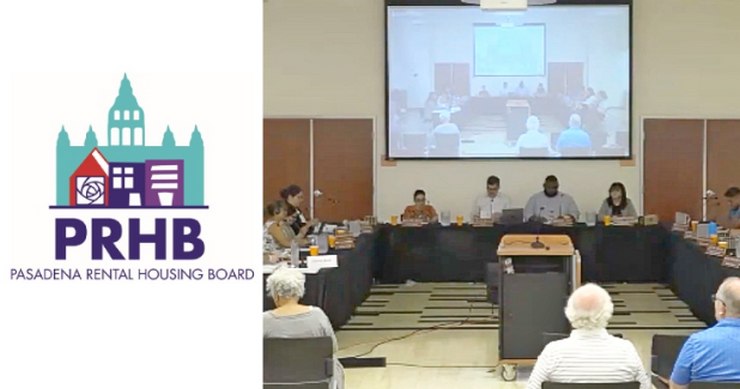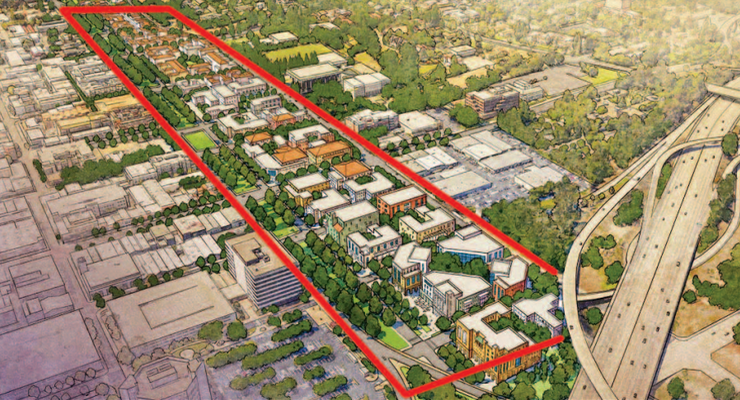
During the most recent round of school closures, there were allegations of inequity in the decision-making process about the closures. With the tragedies of the killings of George Floyd, Anthony McClain and other Black Americans, protests about racism in policing and in society in general and the pandemic affecting all of us, the need for a more just society has taken on more urgency, and there have been recent allegations of inequity in levels of funding within the PUSD. While perception is reality for many people, it is important to look at the facts with regards to equity in the PUSD, especially as equity has now been raised in an endorsement of certain candidates for the board of education in the coming November election.
The closure of schools has been occurring since 2005 during a twenty-year period of declining enrollment. The first six schools closed during this time period (in 2005 Linda Vista, Allendale, Edison and Noyes and in 2010 Loma Alta and Burbank) were in higher family socio-economic status areas of the school district. In fact the first four of those were purposely chosen for their location towards the outer edges of the district. Of the five schools closed in 2018 and 2019, Wilson and Jefferson were in higher family socio-economic status areas of the district. So eight of the eleven schools closed from 2005 to 2019 were in higher family socio-economic status areas of the district, which shows that there wasn’t inequity in the school closures. All school closure decisions were according to criteria established in public meetings by the school board, and lower enrollment was the most common factor in those criteria over the years.
Some have blamed the lower enrollment of their favorite schools on alleged special powers given to some parents to choose their children’s schools. There is no special power that has been granted to some parents and not to others. All parents have the ability to choose their children’s schools. In fact, for decades a rough average of 50% of PUSD parents have chosen schools other than their neighborhood schools. Many PUSD parents who live in the lower socio-economic area of the district choose, for example, to send their children to Marshall and Don Benito, amongst others. Parents choose what they feel is the best fit for their families. Our family has done that based on where our children wanted to attend. PUSD families have done that for decades, and it will continue. The three candidates recommended as champions of equity in a recent endorsement op-ed in Pasadena Now have all used this choice that PUSD provides to parents sending their children to the schools of their choice rather than to their home’s attendance zone schools. It seems that these candidates who would target schools such as Marshall and Don Benito for closure–as one of the candidates did during the closure process–would like only themselves to have choice. The writer of the op-ed referred to such families as “families with privilege.” Others should be forced to go to the schools that these candidates (and the writer of the op-ed) want them to go to, even if these candidates do not send their children to their home schools. During the closure process, the most vocal critic of the process was a parent from the lower socio-economic area of the district who already had a child attending Marshall and now has chosen Hamilton for his younger children. Further, the board members, including one of these candidates, who recommended certain closures or changes to schools during the recent process targeted schools that parents sought out to enroll their children in like Marshall and Jackson and Don Benito, schools that are models of socio-economic and ethnic integration. So these candidates don’t really value integration either. They value schools that serve high levels of families of lower socio-economic status, despite the well-known research (and common-sense) that shows that a mix of families benefits everyone. There are reasons lower socio-economic status parents choose these more integrated schools. But they continue to advocate for a smaller district serving an increased proportion of families of lower socio-economic status. This is in fact not equitable as it would only give some people the choice of where to send their children, and would produce a more segregated school district, something no one wants.
Recently, a community bill of rights has emerged which alleges that there are “deep racial disparities in funding levels” within the PUSD. Again, the facts do not support this perception. Schools with families of lower socio-economic status (which correlates highly with higher proportions of families of minority ethnic groups) in the district have for decades received larger levels of funding each year than do schools elsewhere in the district as the higher the percentage of families of lower socio-economic status in a school, the more federal Title 1 funding it receives.
Further, many more millions of dollars have been provided to schools in Northwest Pasadena and Altadena via special funding. John Muir High —which is really what all the targeting of Marshall is about, the fear of Muir closing (it won’t)—received some $3-4 million in extra funding during its “reinvention” in 2008-2010. It has since then continued to receive higher levels of funding, and the most recent (2019-20) School Accountability Report Card data for PUSD schools show that it received the highest per pupil funding of any regular (non-continuation) high school in the district. The data also show that Washington Middle School, a feeder school to Muir, received the highest per pupil funding of any middle school in the district, and Altadena Arts Magnet received the highest per pupil funding of any elementary school in the district. These schools have high proportions of families of lower socio-economic status. Muir’s per pupil funding that year was over $3,800 more than Blair’s, over $5,500 more than PHS’s and $6,000 more than Marshall’s. Washington Middle’s per pupil funding was $3,200 higher than Sierra Madre Middle’s funding. For the elementary schools, Altadena’s per pupil funding was $5,400 higher than Hamilton’s, $6,600 higher than Sierra Madre’s and $7,200 higher than Jackson’s.
Some of this funding reflects two successive federal magnet grants received by PUSD to purposefully promote integration, which have in the last decade directed approximately $8 million and $15 million to schools serving high proportions of families living in lower socio-economic areas. These schools have benefitted from these additional resources, adding new programs, more staffing and more options for students. Finally, in our Measure Y and Measure TT facilities modernization efforts, hundreds of millions of dollars have gone into improvements at many schools in the district. So there is no substantiation of inequity in program funding nor in facilities funding.
I hope that for those who value facts, these facts are useful.
Scott Phelps is on the Pasadena Unified School District Board of Education














 0 comments
0 comments


